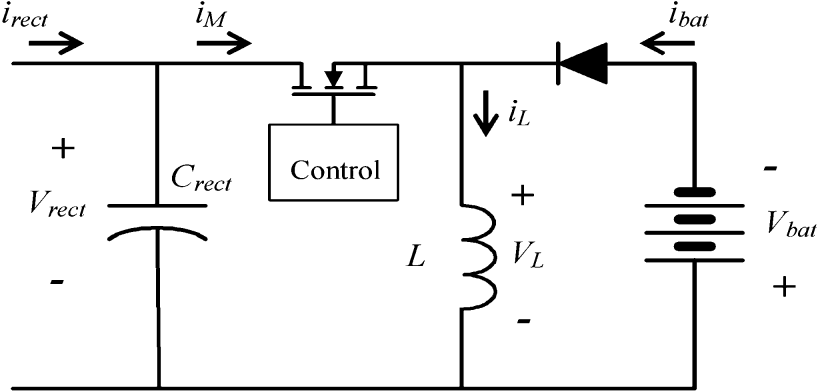Conventional battery powered systems can be impractical, expensive, or have negative environmental impacts. Energy harvesting (EH) offers a potential solution to these problems. Through ambient sources such as solar, vibrational, thermal, and RF, self-sustaining IoT devices can be designed. These devices can be easily implemented in wearables, medical implants, and infrastructure. Companies such as TI and ADI have developed power management systems for EH and consumer products already exist. These products continue to increase in efficiency and practicality every year.
| Harvesting Method | Power Density |
| Solar Cells | 15mW/cm3 |
| Piezoelectric | 330uW/cm3 |
| Vibration | 116uW/cm3 |
| Thermoelectric | 40uW/cm3 |
Power Density of typical EH sources [1]
Numerous factors contribute to the development of EH technologies. Sophisticated converter topologies have allowed for low input voltages, such as those from a solar panel, to be boosted to desired levels with high efficiency and minimal circuit size. A model buck-boost circuit is shown in the figure below [2]. Harmonic motion from vibration energy sources can also be converted into usable DC efficiently through new rectifier topologies. One of the most difficult issues in energy harvesting engineering is accounting for the power fluctuations. For example, when the amount of sunlight on a solar panel changes, the load that gives the highest power transfer changes. To compensate for this, maximum power transfer (MPT) algorithms have been created to detect the optimal power point and adjust the load accordingly.

References
[1] Sravanthi Chalasani and J. M. Conrad, “A survey of energy harvesting sources for embedded systems,” IEEE SoutheastCon 2008, Huntsville, AL, 2008, pp. 442-447.
[2] E. Lefeuvre, D. Audigier, C. Richard and D. Guyomar, “Buck-Boost Converter for Sensorless Power Optimization of Piezoelectric Energy Harvester,” in IEEE Transactions on Power Electronics, vol. 22, no. 5, pp. 2018-2025, Sept. 2007.